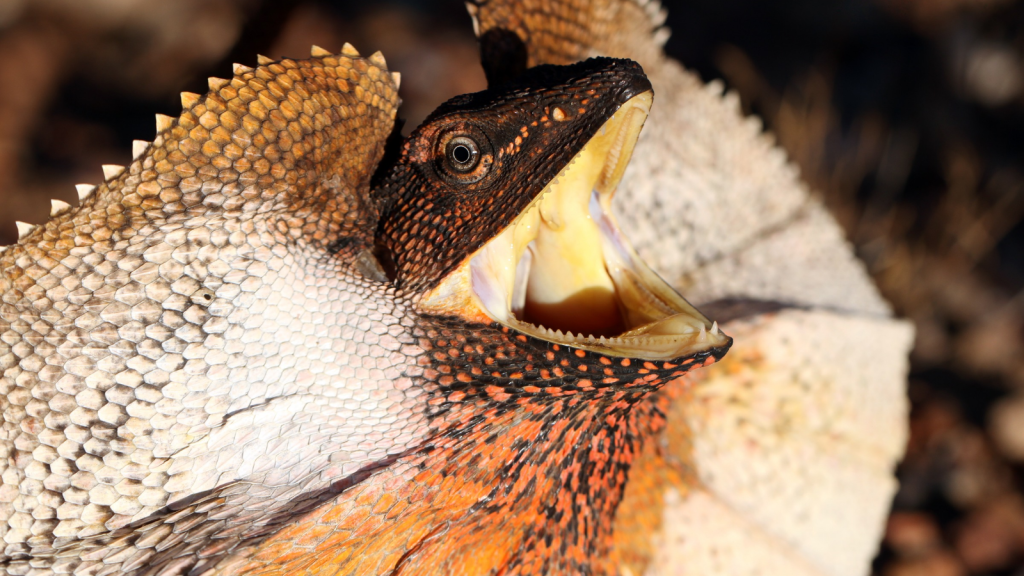The Australian Outback is a vast wilderness teeming with unique wildlife. From bizarre marsupials to peculiar reptiles, this harsh landscape is home to some of the world’s most unusual creatures. Many of these animals have evolved remarkable adaptations to survive in the challenging conditions of the Outback. Some look like they’ve stepped out of a science fiction novel, while others behave in ways that seem almost unbelievable. I hope, one day, to visit and see some of these astonishing creatures in their natural habitat. Get ready to meet 15 of the strangest inhabitants of Australia’s wild heart.
Thorny Devil
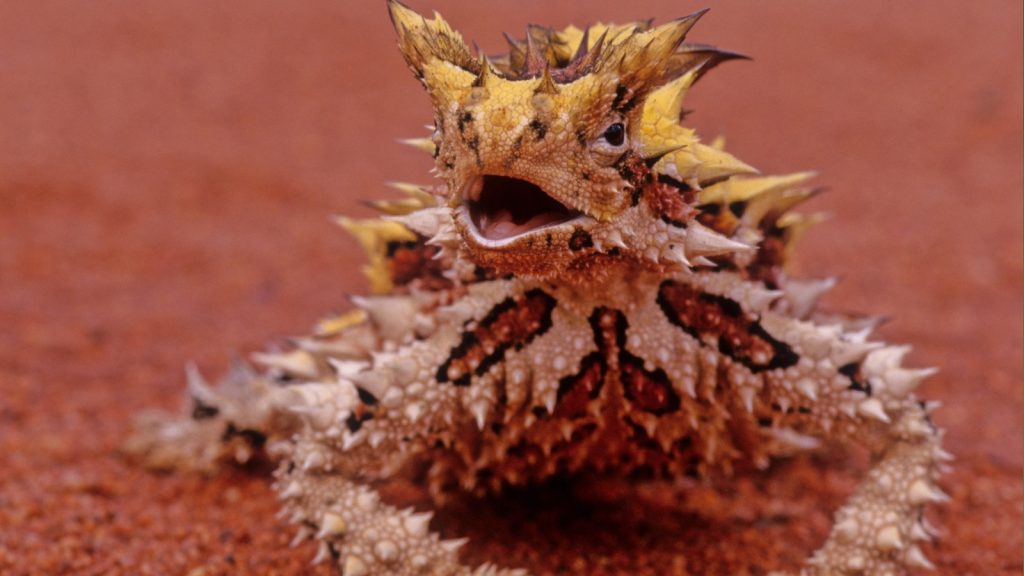
The thorny devil looks like a miniature dragon covered in sharp spines. This lizard has a unique way of drinking water – it uses its scaly skin to collect moisture from dew and rainfall, which then travels to its mouth through tiny channels. The thorny devil can also change colour to blend in with its surroundings, making it a master of desert camouflage. Despite its fearsome appearance, the thorny devil is harmless to humans and feeds exclusively on ants, consuming up to 3,000 in a single meal.
Platypus
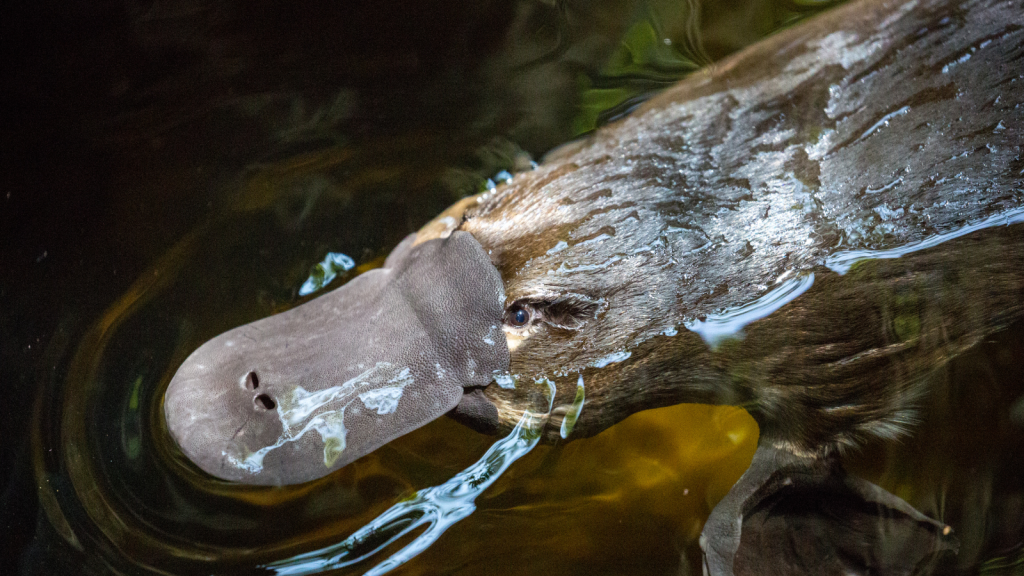
With its duck-like bill, webbed feet, and beaver-like tail, the platypus seems like a creature assembled from spare parts. It’s one of the few mammals that lay eggs instead of giving birth to live young. Male platypuses have venomous spurs on their hind legs, making them one of the few venomous mammals in the world. The platypus is one of the few mammals that can sense electrical signals, using electroreceptors in its bill to locate prey underwater.
Echidna
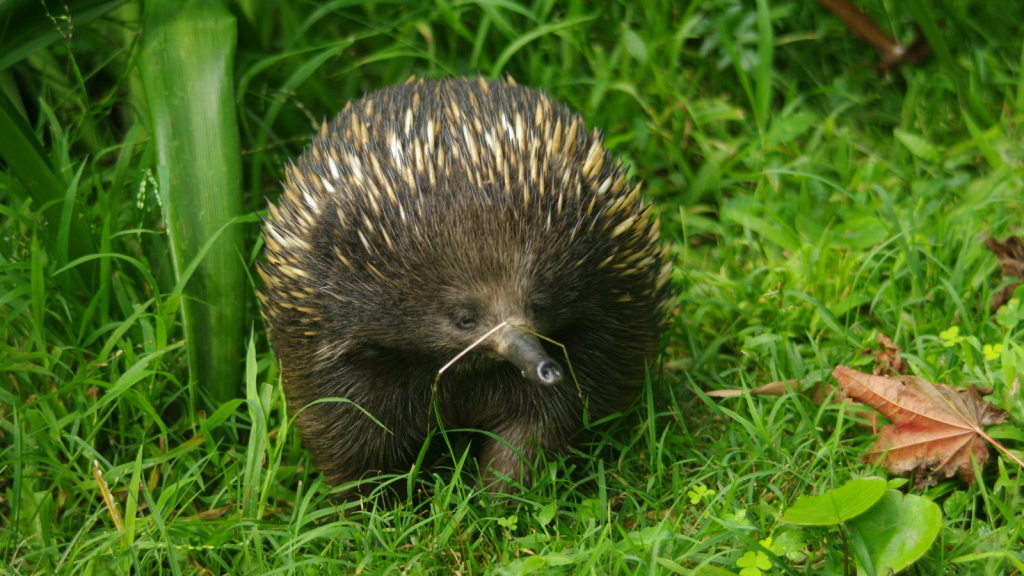
The echidna, also known as the spiny anteater, is covered in sharp quills like a porcupine. It’s one of only two egg-laying mammals in the world, the other being the platypus. Echidnas have long, sticky tongues that they use to catch ants and termites, and they can roll into a spiky ball when threatened. Echidnas have the lowest body temperature of any mammal, maintaining a core temperature of just 32°C (89.6°F).
Frilled Lizard

When threatened, the frilled lizard unfurls a large, colourful frill around its neck, making it look much bigger and more intimidating. This lizard can run on its hind legs, giving it a dinosaur-like appearance. The frill isn’t just for show – it’s also used to regulate body temperature. These lizards are excellent climbers and spend most of their time in trees, only descending to feed or mate.
Quokka
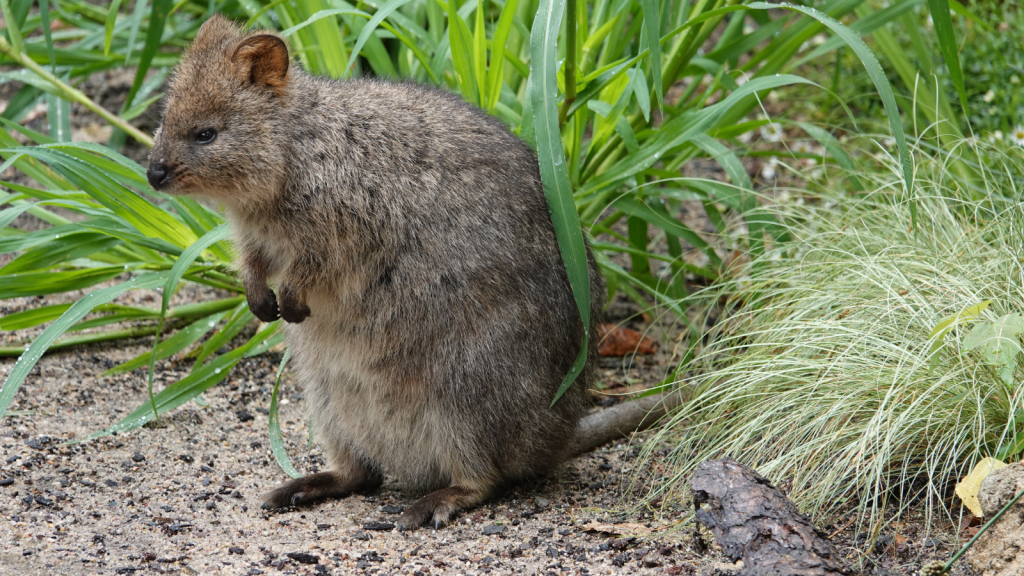
Often called the world’s happiest animal due to its seemingly smiling face, the quokka is a small marsupial native to Western Australia. Quokkas can go for long periods without water, obtaining most of their moisture from the vegetation they eat. They’re known for their lack of fear towards humans, often approaching people for selfies. Female quokkas can pause their pregnancies during times of environmental stress, a process known as embryonic diapause.
Giant Gippsland Earthworm

This enormous worm can grow up to 3 metres long and lives underground in the Gippsland region of Victoria. When disturbed, it makes gurgling sounds that can be heard above ground. These worms are so rare and elusive that many Australians have never seen one in person. These worms play a crucial role in soil health, creating deep burrows that help with water infiltration and root growth.
Numbat
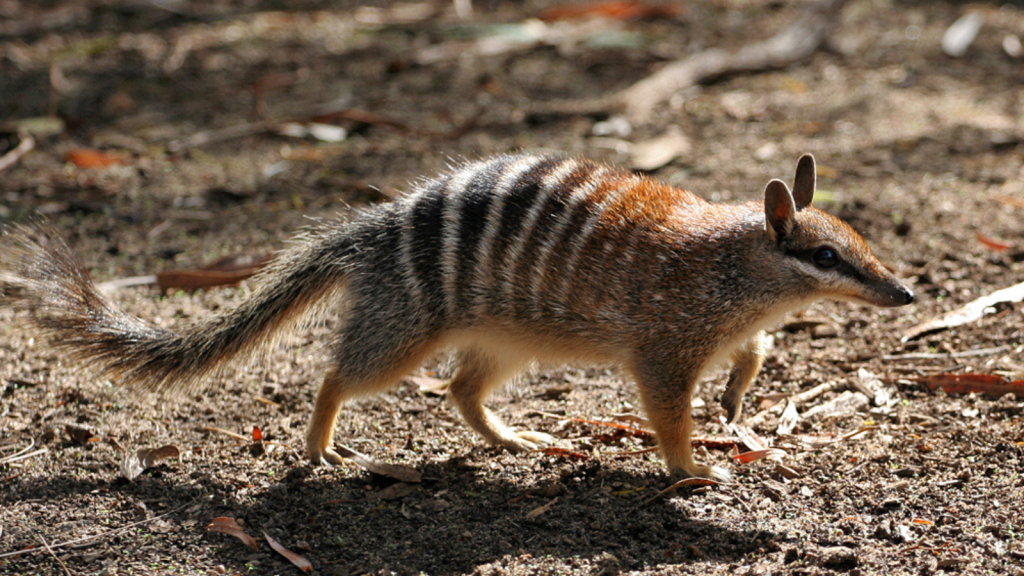
The numbat is a small, striped marsupial that looks like a cross between an anteater and a squirrel. It’s the only marsupial that’s strictly diurnal (active during the day). Numbats can eat up to 20,000 termites a day using their long, sticky tongues. Numbats have an incredibly long, sticky tongue that can extend to more than half their body length, perfect for reaching into narrow tunnels for termites.
Emu
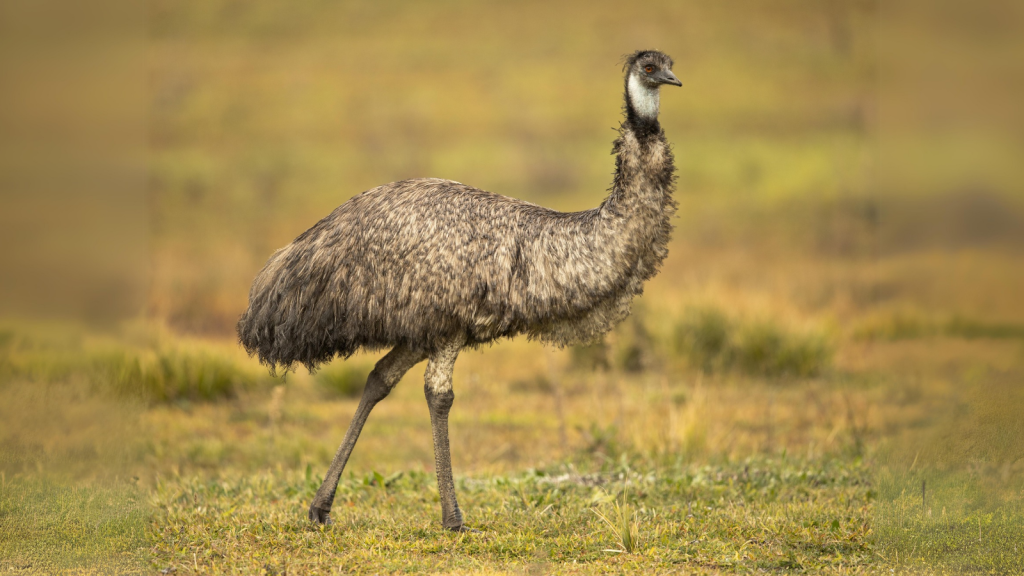
The emu is the second-largest bird in the world and can’t fly, but it can run at speeds up to 50 km/h. Interestingly, male emus are responsible for incubating and rearing the chicks. These birds can go weeks without eating and are known for their curiosity towards shiny objects. Emus have powerful legs that can deliver kicks strong enough to break bones, serving as an effective defence against predators.
Goanna
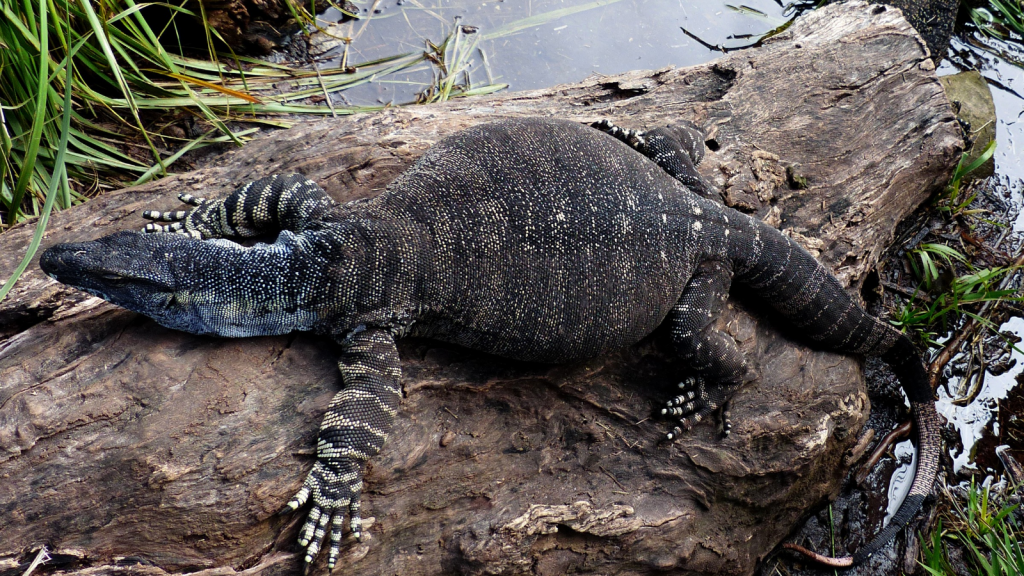
Goannas are large monitor lizards that can often be seen basking in the sun or climbing trees. Some species can grow up to 2.5 metres long. These lizards have forked tongues which they use to ‘taste’ the air, helping them locate prey and avoid predators. Some Aboriginal cultures consider goannas to be a traditional food source, with their fat used in bush medicine.
Bilby
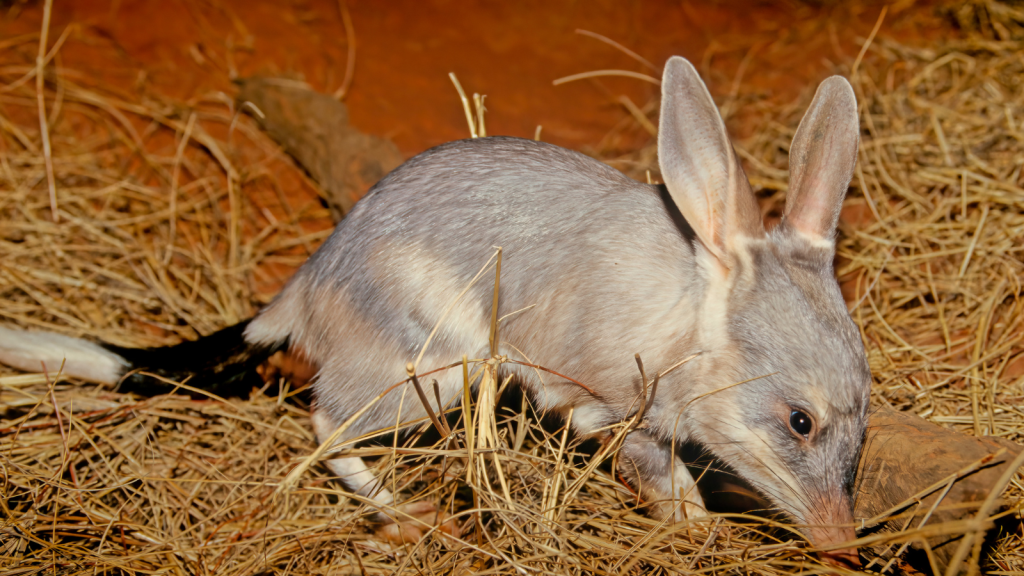
Also known as the rabbit-eared bandicoot, the bilby has long ears like a rabbit but a pointed snout like a shrew. These nocturnal marsupials have backward-facing pouches to prevent dirt from entering when they dig. Bilbies don’t need to drink water, getting all the moisture they need from their food. Bilbies have excellent hearing and can rotate their ears independently to locate sounds, helping them avoid predators in the dark.
Koob
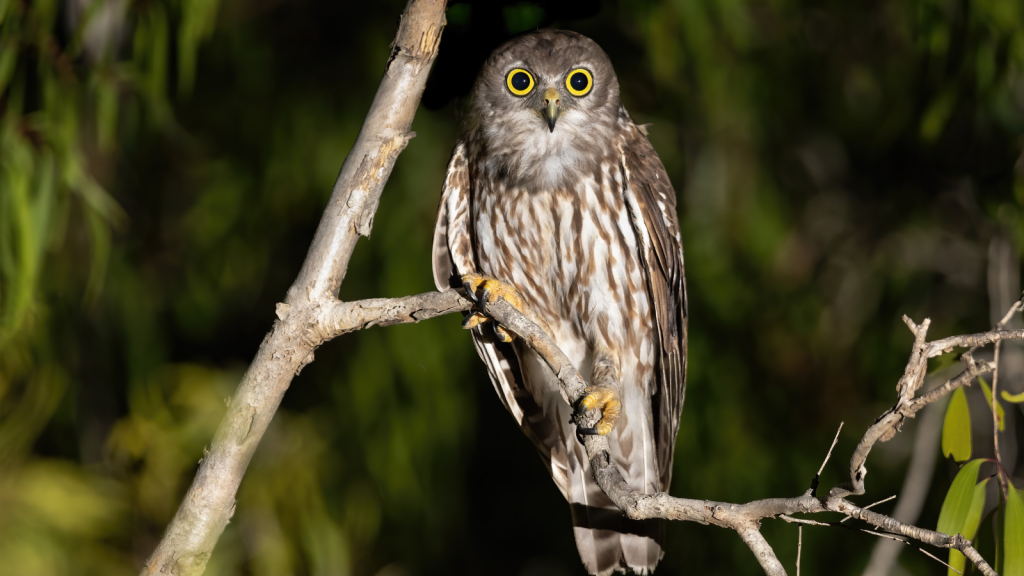
The koob, or barking owl, gets its name from its distinctive call that sounds like a barking dog. These owls are known for their piercing stare and their ability to turn their heads almost completely around. Unlike many owls, koobs are equally active during day and night. These versatile hunters can catch prey in flight, on the ground, and even in water, showcasing their remarkable adaptability.
Dingo
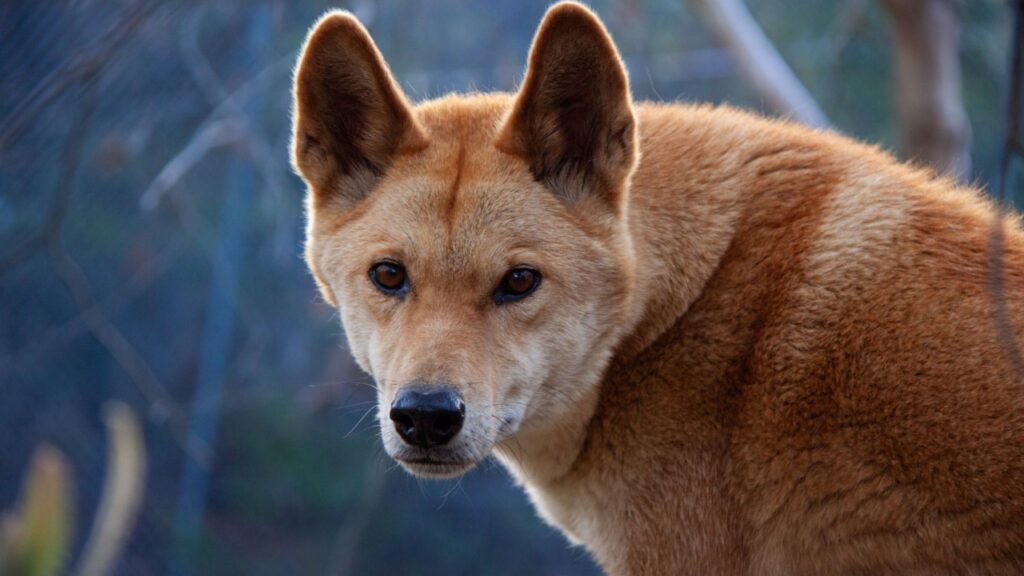
Dingoes are wild dogs native to Australia, known for their distinctive howl and inability to bark. They’re highly intelligent and have been observed using tools to solve problems. Dingoes can rotate their wrists, allowing them to open doors and manipulate objects with their paws. Dingoes play a crucial role in controlling kangaroo populations, which can become overabundant without natural predators.
Sugar Glider
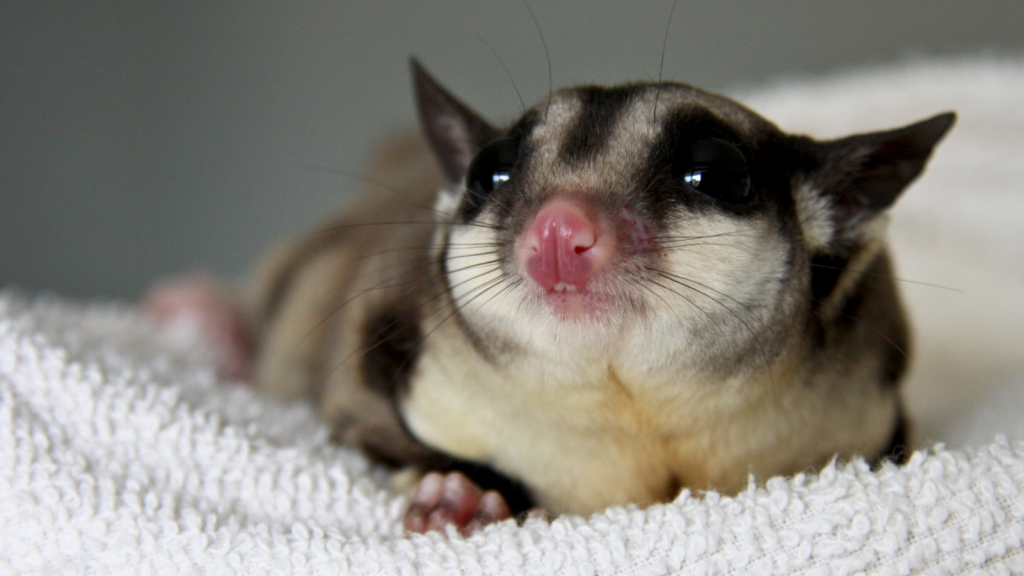
These small, nocturnal marsupials have a membrane of skin between their front and back legs that allows them to glide through the air for distances up to 50 metres. Sugar gliders have large eyes for night vision and a long, bushy tail for balance. They’re social animals that live in family groups. These small marsupials have a special diet that includes tree sap and nectar, which they access using their sharp teeth to gnaw holes in tree bark.
Frill-necked Lizard
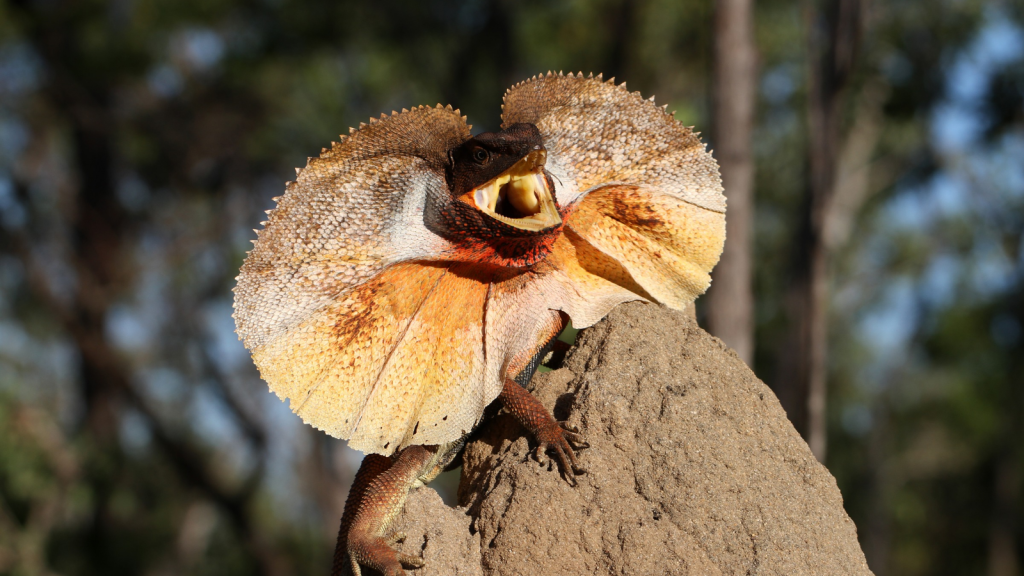
Similar to the frilled lizard, the frill-necked lizard has a large frill around its neck that it extends when threatened. These lizards can run on their hind legs and are excellent climbers. Their frill is also used for communication with other lizards and to regulate body temperature. These lizards have a third eye on top of their head, known as a parietal eye, which helps them detect changes in light and potential aerial predators.
Spiny Leaf Insect
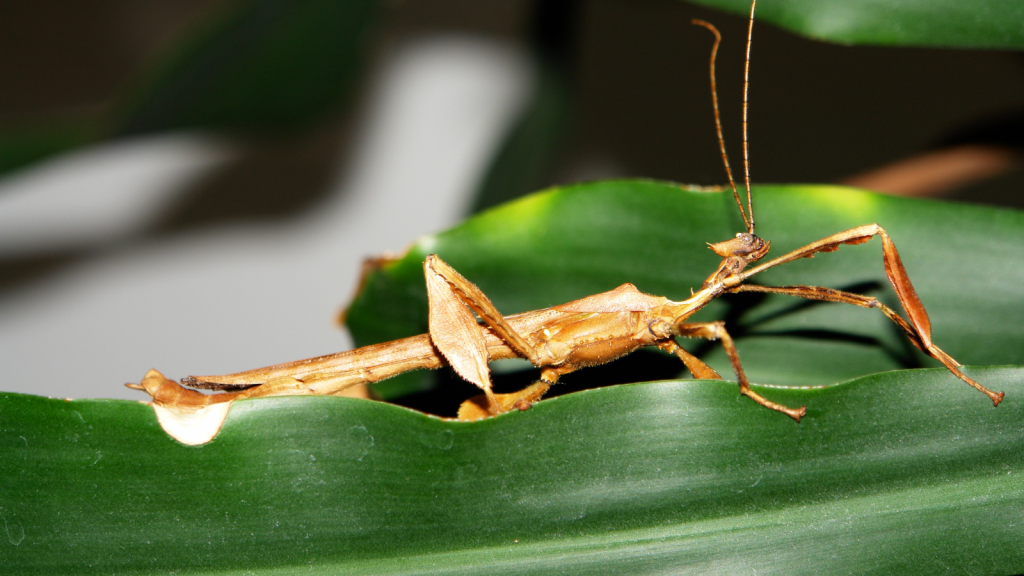
These insects are masters of camouflage, resembling leaves or twigs to avoid predators. Female spiny leaf insects can reproduce without males, laying unfertilised eggs that develop into more females. They move with a swaying motion to mimic leaves blowing in the wind. These insects can regenerate lost limbs during their moulting process, a useful adaptation for surviving predator attacks.

